Tranquil Tuesdays
Our interview with Charlene Wang on her socially responsible tea brand
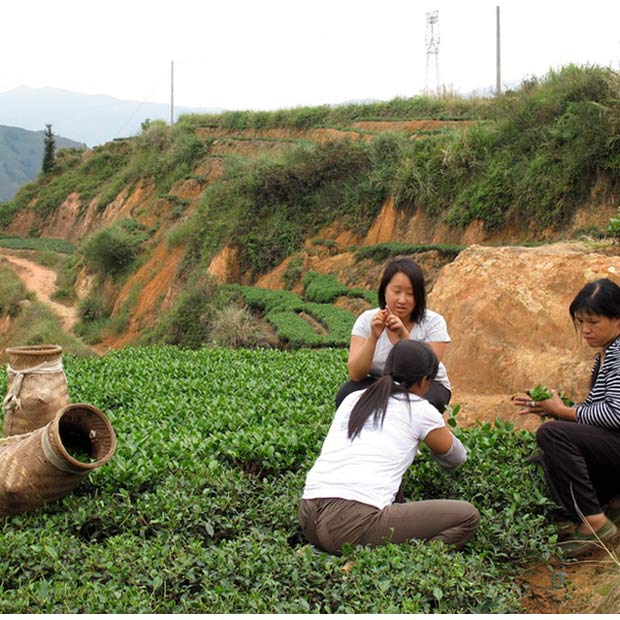
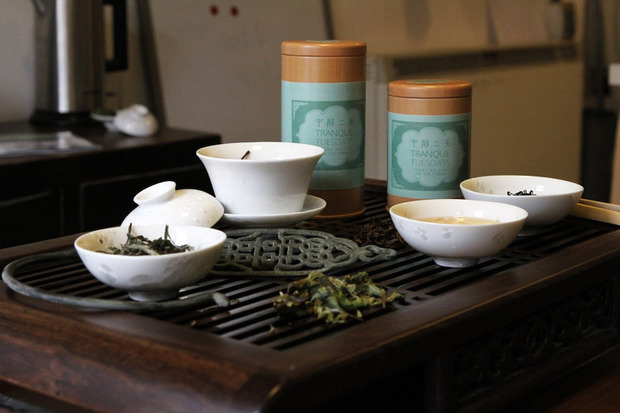
In a cozy showroom nestled in the alleys of old Beijing, we met Charlene Wang of Tranquil Tuesdays upon her return from the spring harvest of white peony tea in Fujian province. Wang has combined her passion for tea and her background as a US State Department human rights officer to create her brand, which aims to bring back the purity of ancient tea tradition. Traveling to the hot spots of tea in China, she builds personal relationships with local family farms and to source the best natural tea in the country.
Her company is a social enterprise that works closely with people in rural China, providing training, encouragement and support. At the same time, Charlene works with young designers from Jingdezheng, China’s epicenter for the best pottery to refine the
experience of style related to tea culture. We talked to Wang to learn more about her thoughtful venture.

Excellent tea and beautiful teaware hold represent the essence of what you called “pure releaf”—what is the idea behind this concept?
The cool idea comes from my sister, and I immediately found it brilliant! I feel “pure releaf” perfectly embodies all the values we want to offer. I think the phrase gives the idea of tranquility, calmness, purposeful quiet, a kind of refuge feeling which is a
strong part of traditional tea culture. And then it’s “pure” because we concentrate only on natural, unscented, unblended tea, so just pure tea.
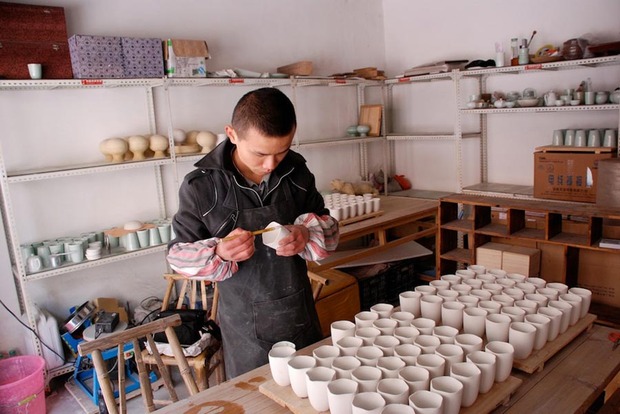
Your varieties include White peony tea, Organic Jadesword Green Tea, Tieguanyin Oolong tea, Keemun black tea, ancient tree raw Pu’er—how do you source all these teas? Do you plan to expand your collection?
We need to travel to the area, to see different farms, to meet people and build relationships before we even think of ordering tea from them. Sometimes I travel off season, to meet farmers and see how they take care of their land. In Fujian I was there seeing the leaves been picked and how they made. They only pick one season instead of the usual three, in order to preserve the quality of the plants. I build a friendship with my suppliers and we often share some of the key moments of their work. For Oolong tea, I stayed at a farmer’s house for a week during the fall harvest. I was on the
second floor of a local family’s workshop and every morning I could wake up to the smell of freshly made Oolong.
We want to add other qualities of tea to our collections but it requires a lot of work and for the moment we’re a bit overloaded. I’d love to add a yellow tea in the near future.
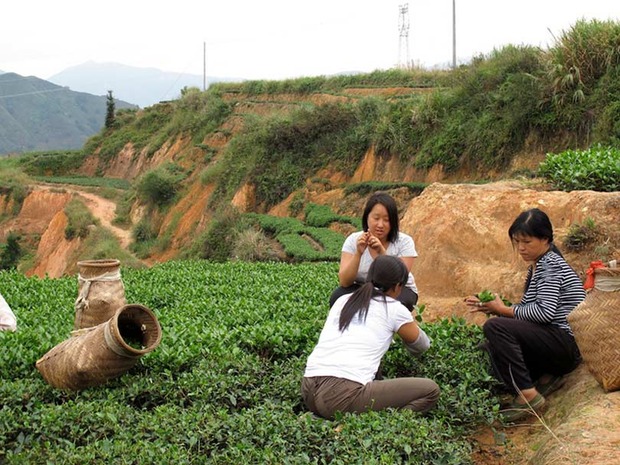
Tranquil Tuesdays is also about teaware, how did you start your cooperation with studios in Jingdezhen?
I had several trips to Jingdezhen, which is nationally considered the home of traditional Chinese porcelain. The first time I was there as a tourist and I was totally amazed. Some local young designers have been able to take this tradition of craftsmanship and add a modern feeling to it. The first artist I’ve been working with is Zhang Min, who’s taking the traditional blue and white theme from Ming dynasty and kind
of twisting it to give a natural breath of life to our teaware. Then I met Ke Zhongxiang, who’s making the celadon line, and I was fascinated by his creative studio’s setup, in the simplicity of his small workshop some of his artworks really stood out. Zhu Xuan is making our crystalline glaze line, bringing back an ancient special technique of glazing zinc oxide before firing, to produce an unique effect where crystals spontaneously form on the surface, making each piece unique.
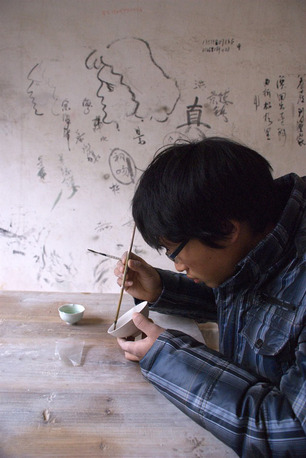
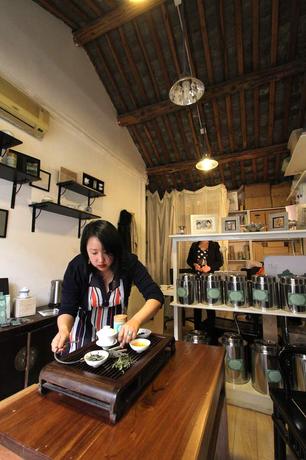
Do you just source products from them or you participate in the whole design process?
I was inspired by their collections and I love their personal style, we’ve been working closely to build our own lines. They all run small workshops and our cooperation often requires a long time. We define each single piece together, we adjust the proportions, sometimes we work online on QQ (the most-used Chinese messenger), sometimes they
also make drawings live online using their kids tablets! I also travel back there, we discuss details personally and I can also see our teaware getting out of the community kiln. We work together from the beginning to the end to build our current feeling.
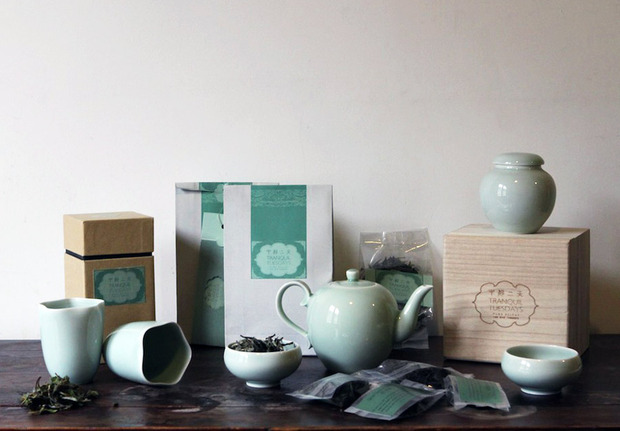
How would you define the “pure releaf” aesthetic?
The idea is to take very classical, traditional, ancient art and porcelain-making and give it a kind of contemporary twist. We aim to make a fresh vision of what it means to be Chinese. Most of Europeans and Americans identify Chinese styles with flashy colors and a kind of kitsch style but if you go back to the roots of Chinese culture there are several examples of fine simplicity. To give an example, celadon has been China’s most prized porcelain since the Tang dynasty (618-907 A.D.), when it was largely traded with the Middle East. Until the 14th century, no one outside China and Korea was able to produce it, but sometimes, when people see the stunning beauty and simplicity of Chinese celadon handcrafts, they ask if it’s Japanese!

Tranquil Tuesdays products are available online
and delivered worldwide.












